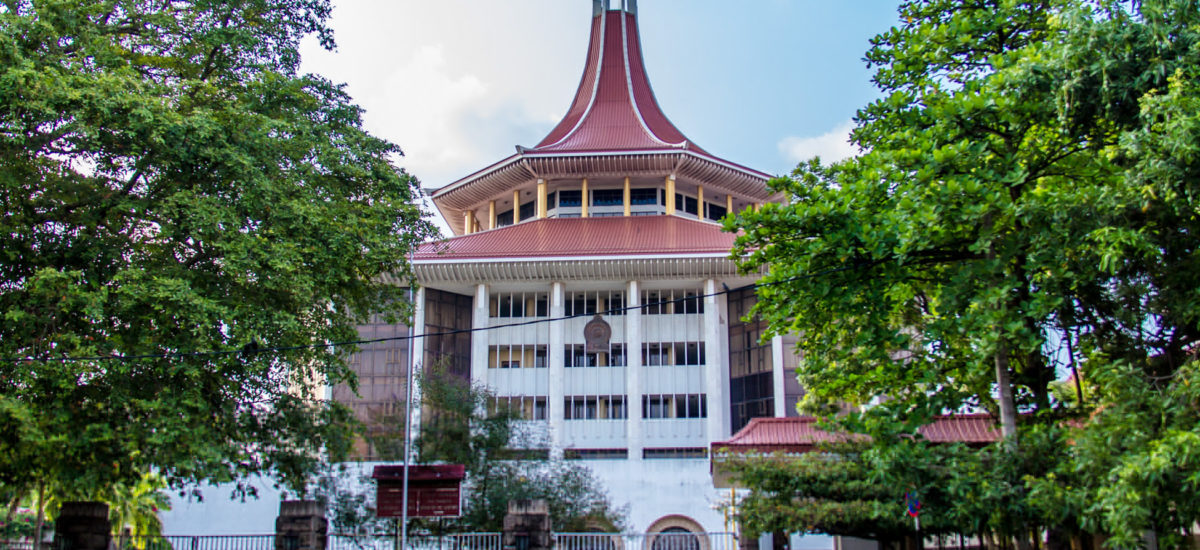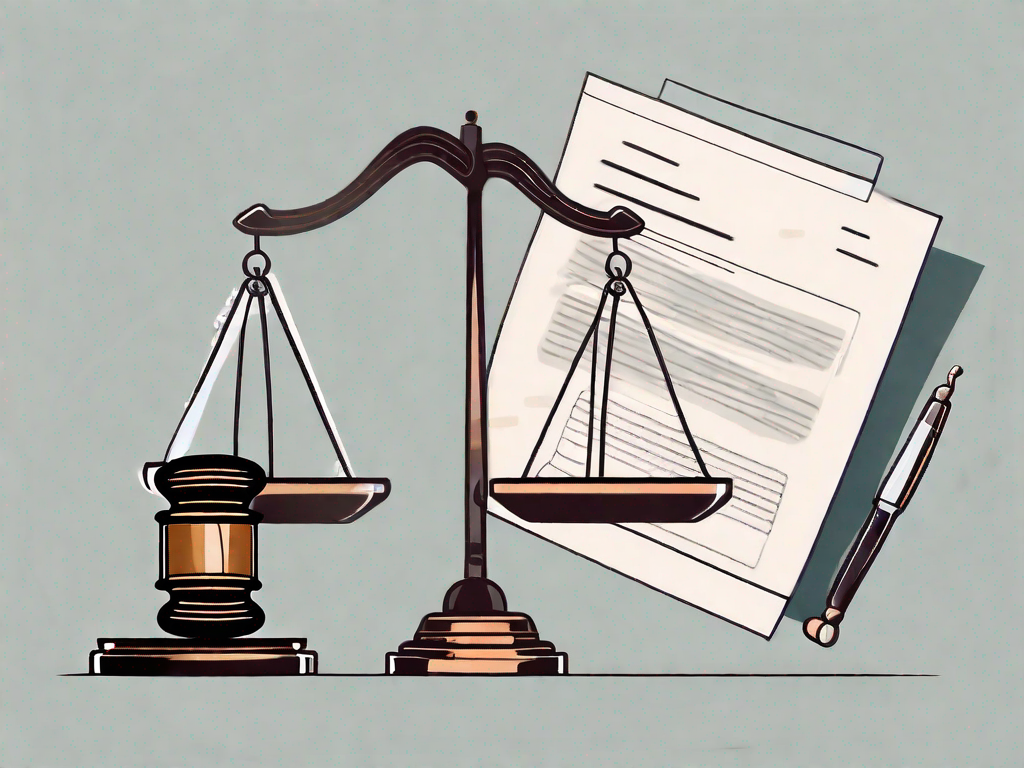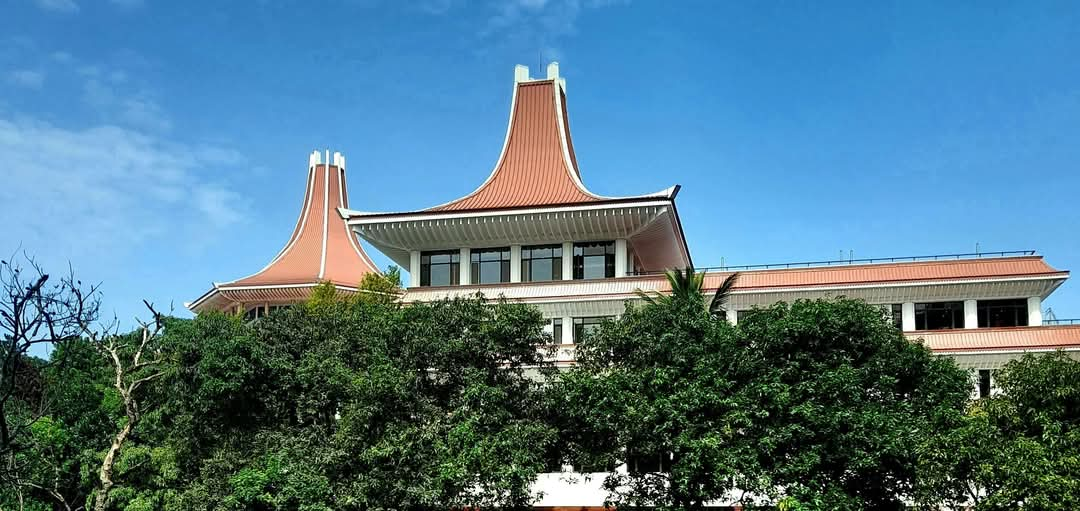Expanding the Scope of Civil Remedies: SC defines significance of “INJURIA” in Sri Lankan Law
Difference between Malicious Prosecution and Malicious Proceedings

In a recent decision, the Supreme Court examined the issue of whether an action for damages against a malicious disciplinary proceedings should be classified under malicious prosecution or broader “injuria” principles. The Plaintiff, a laboratory technician, sought Rs. 5 million in damages for alleged harm stemming from a disciplinary inquiry conducted by the university, which he claimed led to mental, social, and economic loss.
The Plaintiff’s case, filed in 2003, was initially seen by the 3rd Defendant as a defamation suit. However, the Plaintiff argued it was based on malicious prosecution, a claim that the High Court later recognized as encompassing elements of defamation.
The court differentiated between “malicious prosecution”—which requires proof of legal proceedings—and broader “injuria” under Roman-Dutch law. Malicious prosecution demands evidence of judicial proceedings, lack of reasonable cause, malice, and a favorable outcome for the Plaintiff.
Sri Lankan law, influenced by Roman-Dutch principles, allows for broader claims of “injuria” which include abuses of legal procedures beyond formal court prosecutions. This includes cases where actions, though not judicial in nature, inflict harm.
The court determined that the Plaintiff’s claim fell within the broader category of “injuria” rather than being restricted to malicious prosecution. This decision underscores that the action does not require formal legal proceedings but rather focuses on wrongful harm caused by abuse of process.
This ruling reflects a significant interpretation of civil wrongs under Sri Lankan law, expanding the applicability of “injuria” beyond traditional English legal concepts of malicious prosecution.
BLURB:
“…McKerron first addresses ‘malicious prosecution’ and then other malicious proceedings. McKerron’s inclusion of ‘other malicious proceedings’ within the scope of actio injuriarum as a civil remedy confirms that injuria is not limited to court prosecutions but extends to all types of ‘proceedings…..”
“…Dr.U.L.A. Majeed in his “A Treatise on the Law of Delict (Tort)” recognizes a wider category of civil action against public authorities15 . The learned author observes; “…. But it is not the breach of duty alone which gives rise to the cause of action, but “an injury” is the suffering of pecuniary loss. The current of the decisions is against this view, which finds no support from general principles. On general principles it is to express but a truism to say that the foundation of an action for damage is not that damage has been caused, but that there has been a violation of a private right resulting in pecuniary or moral damage. Injuria sine damno gives a cause of action, while damnum sine injuria does not…….”
Therefore, the actio injuriarum is much wider in its scope than the malicious prosecution known to the English law. The action lies whenever a defendant has acted dolo malo to the detriment of the defendant. The action stands or falls on proof of malice and the plaint formulated by the Plaintiff fulfills the requirements for an injuria.”- Justice A. H. M. D. Nawaz
Action is Not Time-Barred- time starts from Appeal Board’s Decision
The court also examined whether the Plaintiff’s action was barred by the two-year limitation period under the Prescription Ordinance. The key issue was the starting point for this period. Although the amended charge sheet was served on July 24, 2006, and the domestic inquiry concluded on July 29, 2009, these dates were not considered the beginning of the limitation period. Instead, the court determined that the relevant starting point was January 29, 2013, when the University Services Appeals Board exonerated the Plaintiff and quashed the charges. The Plaintiff filed the plaint on June 21, 2013, within the two-year period from this date. Consequently, the court found the Plaintiff’s action maintainable, as it was initiated in response to alleged injuria that stemmed from the disciplinary proceedings.
Necessity of Joint Adjudication
The Supreme Court inthis case also addressed the issue of misjoinder of parties and cause of action, where the Plaintiff has accused three Defendants of jointly and severally causing harm through malicious disciplinary proceedings. For a fair and comprehensive adjudication, it is essential to try all three Defendants together, as this will prevent multiple suits arising from the same issue. The court emphasized that allowing separate suits would be an abuse of process and contradict the principle of reducing litigation multiplicity.
“…Allowing a suit to grow out of anothersuit would be an abuse of process, and the ends of justice are best served by avoiding a multiplicity of suits. As Prasanna Jayawardena, PC. J pertinently observed in Seylan Bank PLC v. New Lanka Merchants Marketing (Pvt) Ltd and Others– “A Court should keep in mind the desirability of reducing the multiplicity of litigation”
CASE NO : SC / APPEAL / 52 / 2017
BEFORE : Vijith K. Malalgoda PC. J, P. Padman Surasena J and A. H. M. D. Nawaz J






